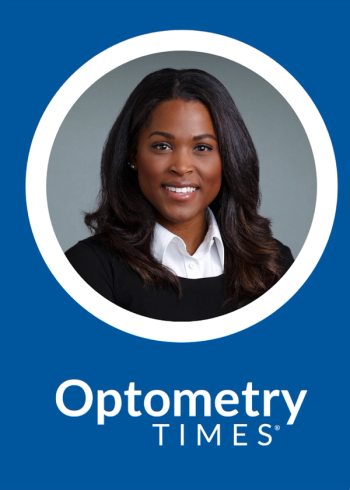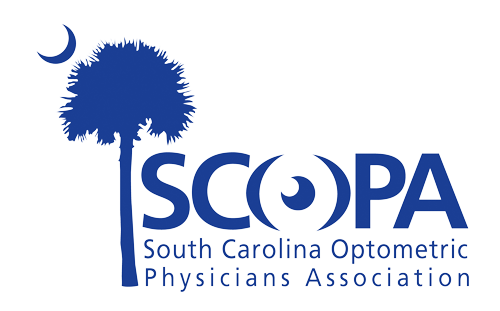
SCOPA: Troubleshooting and fitting scleral lenses

Ashley Tucker, OD, FAAO, FSLS, Dipl ABO, shares highlights from her presentation on advanced fitting and troubleshooting tips for scleral lenses during the South Carolina Optometric Physicians Association’s annual meeting.
Optometry Times®' Alex Delaney-Gesing speaks with Ashley Tucker, OD, FAAO, FSLS, Dipl ABO, a therapeutic optometrist at the Contact Lens Institute of Houston and Bellaire Family Eye Care in Bellaire, Texas, on highlights from her discussion titled, "Scleral lenses: advanced fitting and troubleshooting tips," which she presented during this year's 115th annual South Carolina Optometric Physicians Association’s 115th annual meeting in Hilton Head, South Carolina.
Editor's note: The following transcription has been lightly edited for clarity.
Could you share highlights from your presentation?
Scleral lenses are probably one of the hottest topics in contact lenses and optometry right now. They are ideally utilized for patients who have corneal disease like keratoconus and pellucid marginal degeneration. Also, it's utilized for patients who have corneal scarring and other corneal diseases like dystrophies and degenerations. They can also be used in dry eye management and for therapeutic purposes.
Why is this such an important topic of discussion?
Most of us that fit sclera lenses on a regular basis would agree that fitting them are pretty easy. It's the troubleshooting that can be tricky and frustrating as a practitioner. I’m spending the bulk of my presentation talking about any and everything that can happen with fitting and troubleshooting scleral lenses, as well as give multiple options on how to fix these issues.
Why would you say this is such an important topic of discussion.
This is important because scleral lenses are kind of taking over the contact lens world; they arguably are replacing corneal rigid glass permeable (RGP) [lenses], so the smaller RGP. More and more patients are being fitted in them. And more and more patients are actually coming in asking about them. So the average practitioner that fits contact lenses really needs to be well versed in fitting and troubleshooting.
What are the key takeaways you'd like attendees to learn?
I want practitioners to realize that even though fitting and troubleshooting scleral lenses may seem intimidating, it really doesn't have to be.
Newsletter
Want more insights like this? Subscribe to Optometry Times and get clinical pearls and practice tips delivered straight to your inbox.
















































.png)


